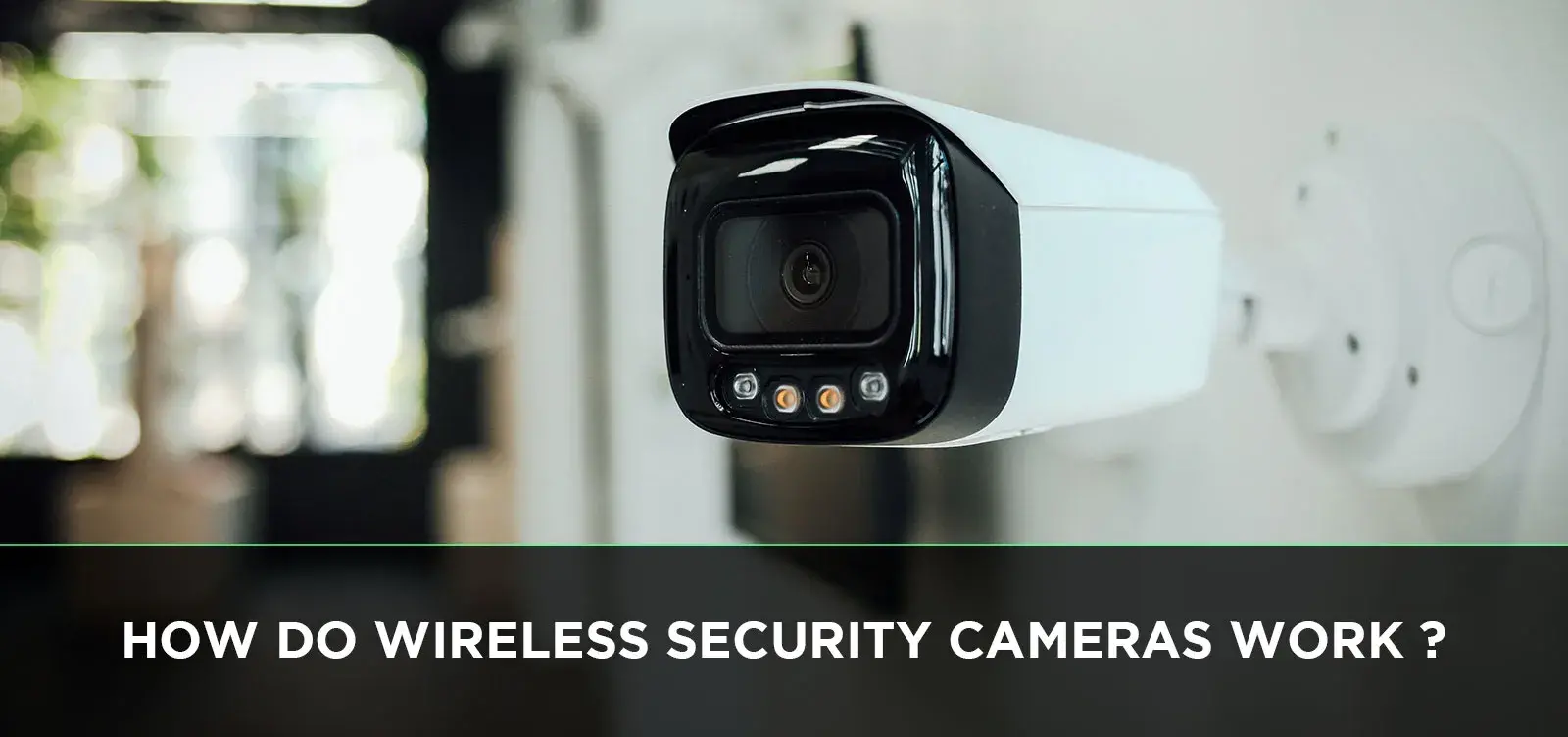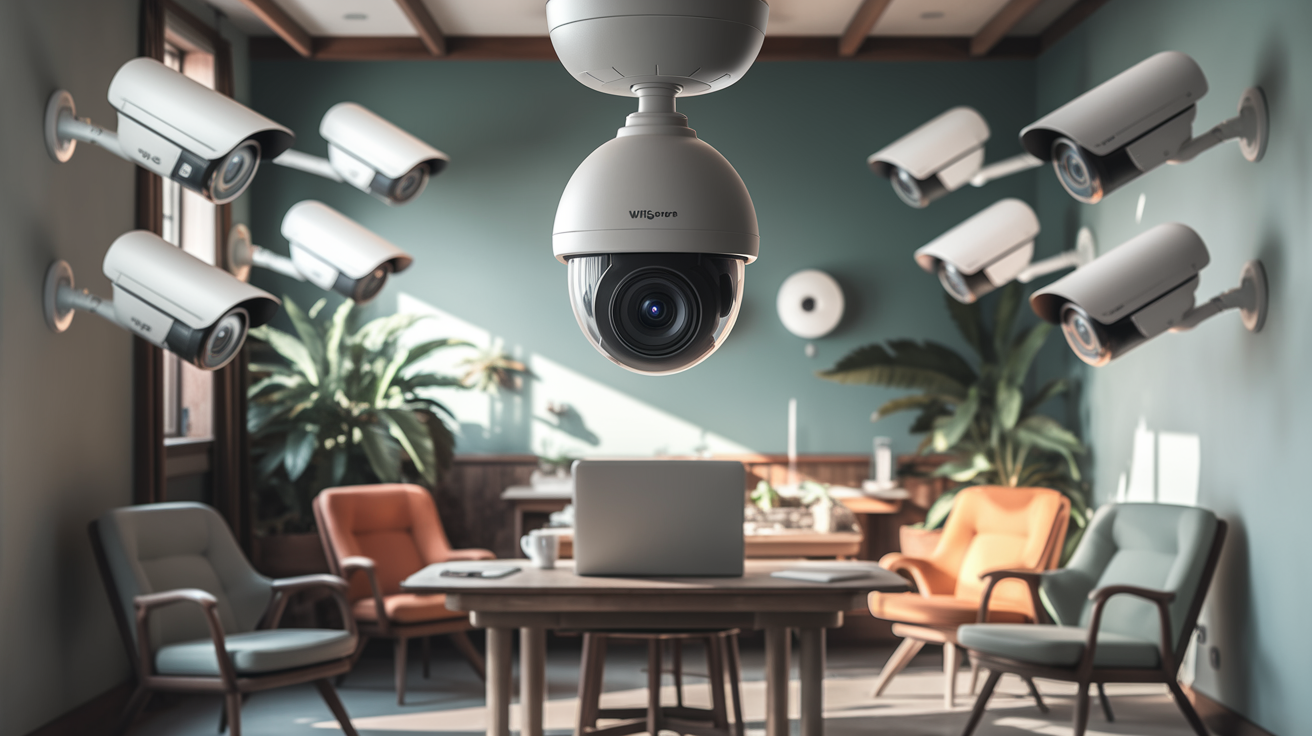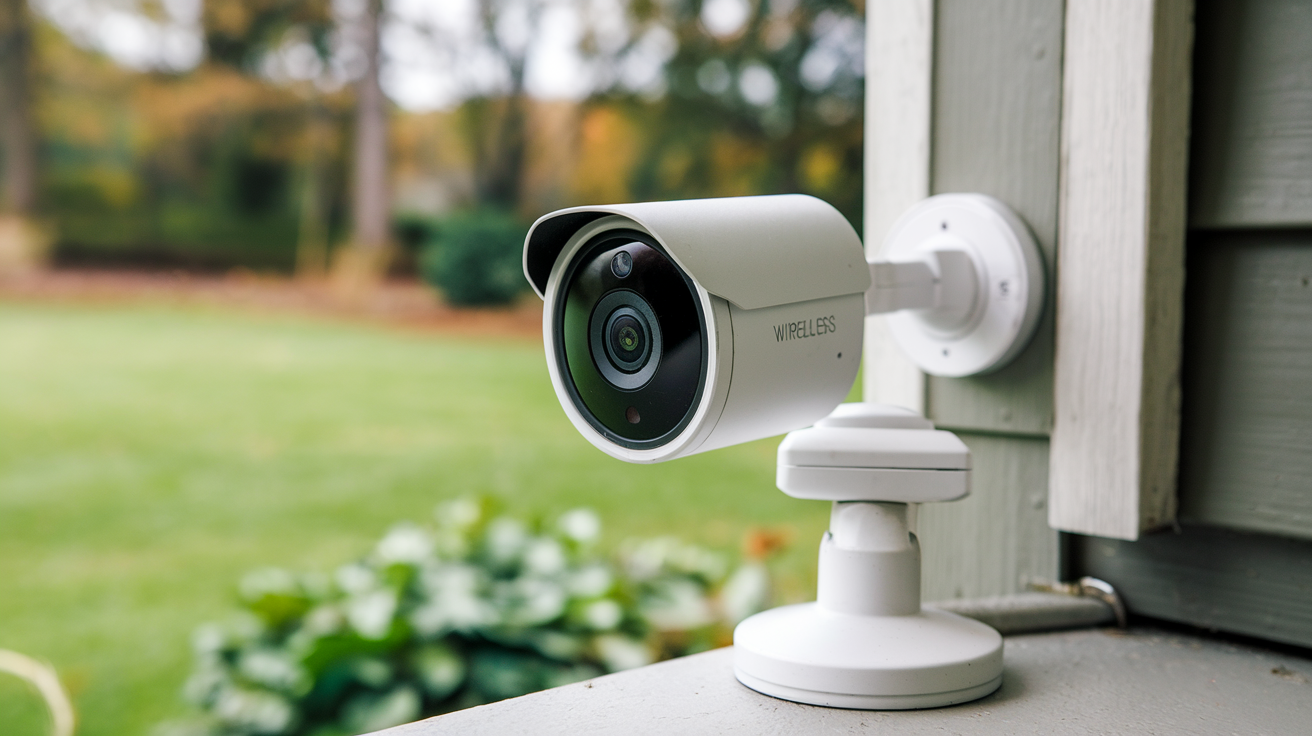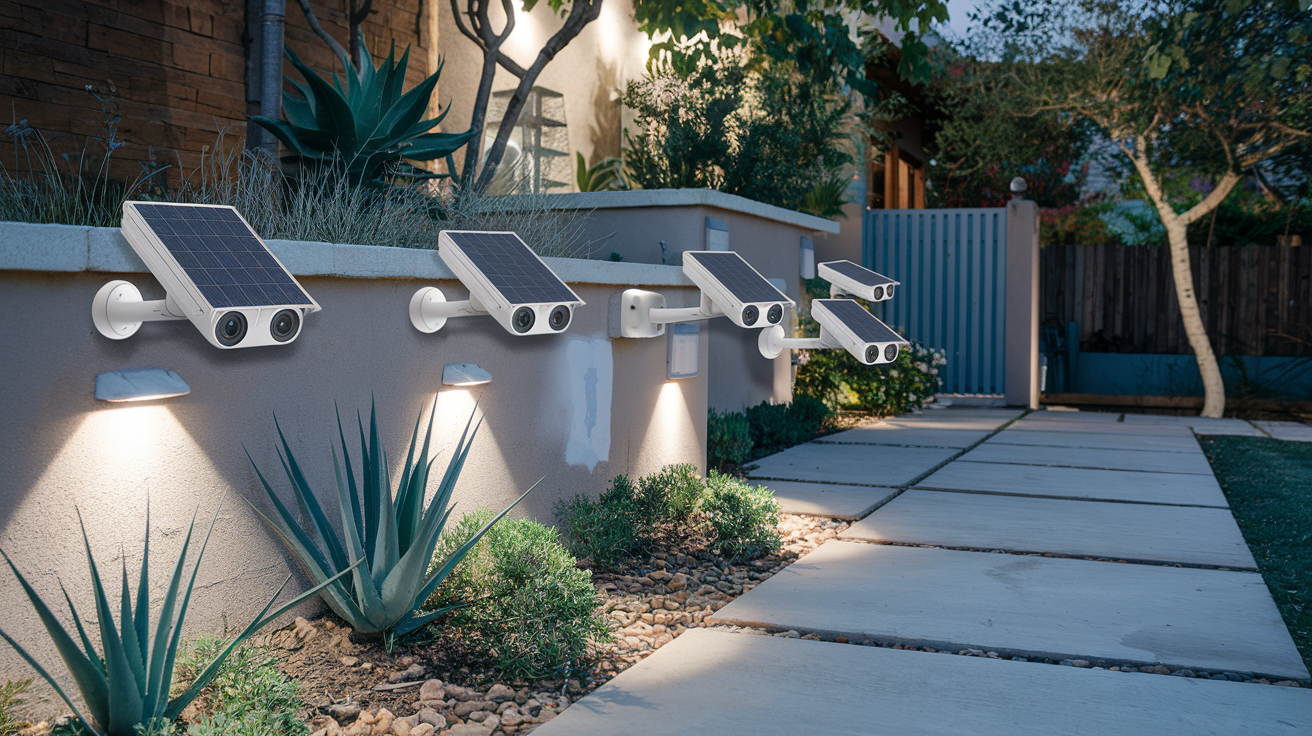Wireless Security Camera Systems: An Overview Wireless security cameras refer to security cameras that do not require the use of cables to transmit footage as they connect to the internet using Wi-Fi. They have recently gained a lot of attention from people due to the ease of installation, modularity and affordability. However the question arises as to how these wireless marvels actually operate? This article will look at the underlying wiring of wireless security cameras and discover how these devices operate.
Wireless security cameras consist of some critical components, and they apply some latest advanced technologies in their working. Fundamentally, wireless security cameras are made up of the same components and technology as any wired security camera system. This can include an image sensor, processing mechanism, storage device, and connectivity components. But wireless cams do not use physical video cables but rather wireless transmitter and receivers instead. Let's break down the key elements: Let's break down the key elements:
Image Sensor – This is another part of the camera unit and it could be a CMOS sensor which has the responsibility of sensing light and converting it to a digital video clip. Premium models might employ better quality sensors to capture higher resolution videos.
Visual Sensor – A digital video processing unit located onboard captures and encodes the raw analog footage received from the visual sensor. This enables the footage to be transmitted through wireless means. The processor is also in charge of some other significant tasks.
Recording – One can store footage from wireless cameras either locally by using the built-in SD card slots or remotely through cloud connectivity. This enables the users to have recording and backup of the live and past video streams.
Wireless Transmitter – A Wi-Fi module and antenna in the camera are responsible for transmitting the digital video when the video data is converted to radio signals. The transmitter emits the signals towards the wireless receiver part of the system.
Wireless Receiver - The receiver is matched and connected to work with the wireless transmitter of the camera. It receives the transmitted radio video signals and demodulates them back into digital footage that can be recorded or watched through a smartphone, computer, or recorder in real-time.
Power Source - Wireless security cameras depend on on-board batteries, USB, power over Ethernet, or wall sockets to provide power for operation. For 100% wire-free models, high capacity rechargeable batteries are frequently incorporated.
Smart Attributes – Modern options also come with “smart” abilities such as motion detection, mobile applications, night vision, cloud storage, and IFTTT compatibility. Additional intelligence requires more onboard computational capabilities and electricity.
Some of the benefits of wireless security cameras are as follows; Now that we know the basic building blocks of wireless surveillance cameras, let's highlight some of their best benefits compared to wired alternatives: Now that we know the basic building blocks of wireless surveillance cameras, let's highlight some of their best benefits compared to wired alternatives:
Easy and Flexible Placement – Wireless cameras can be installed anywhere within proximity of the wireless receiver without the need for expensive cabling. From the great outdoors to the more enclosed interior, up high and right down to the other side of the world, if you will.
Installation and Ease of Reinstallation – Since wireless security cameras are not wired, installation is much faster than in the case of wired systems. Their cable-free layout also makes wireless options highly transportable and transferable to other areas if necessary.
Scalability - Wireless camera systems are easily scalable. It is possible to install other wireless cameras around a property seamlessly, while making the best use of the wireless receiver equipment. For wired cameras, when one wanted to have long cables for the video, it becomes quite a challenge to implement.
Better Aesthetics - You will not have to worry about having wires that look ugly and are hanging loosely. Wireless cameras are also much neater and sleeker in design as compared to wired ones where you see cables running all around. This also provides a better placement flexibility.
Flexible Installation - Renters and apartment dwellers are restricted on the kind of holes they can drill to fix wired cables necessary for wired cameras. Wireless systems do not require any of that, which is why they are suitable for renting and strata properties.
Lower Costs – Contrary to some belief, wireless camera systems can be less expensive than wired ones in many cases, particularly if labor is required. The reduction/elimination of wiring, conduits, hole drilling, etc. saves a lot of cash (and time too).
Pros and Cons of Wireless Security Cameras
It is crucial to be aware of the weaknesses of wireless security cameras and the issues that might be expected by users. Wireless cameras do come with the following caveats:
Limited Wireless Range – While new wireless cameras can visually transmit pictures for more than 500 feet and over the air for over 1,000 feet, wireless interferences such as walls and trees may affect the signals. A proper orientation of receiver hubs and the use of signal repeaters can help in achieving the best results.
Battery Life or Weatherproof Power – Wireless cameras have to be recharged or supplied constant electricity hence batteries have to be replaced with time or cameras have to be connected directly to weatherproof power sources. Battery life is improving with current lithium varieties though.
Interference Possibility – Any wireless devices can be interfered by signals in its vicinity including other Wi-Fi networks, Bluetooth devices, microwave ovens and baby monitors. Interference can alter or hinder the feeds and could potentially slow footage rates of wireless security cameras. This risk can be managed through correct wireless site surveys and the application of 5GHz Wi-Fi channels.
Video Quality – Modern wireless security cameras provide good 1080p or 4k video, enough storage, and good Wi-Fi signals. However, uncompressed, high megapixel feeds demand more bandwidth and processing power, which can limit aspects such as frames per second of a video.
In conclusion, the benefits of wireless setup, flexibility and cost-effectiveness will overshadow the disadvantages in majority of the home and small business security cameras consumers. And wireless technology is not standing still and develops rapidly to eliminate existing limitations.
A Brief Outlook on Wireless Security Camera Technology
Wireless security cameras have evolved a long time already in just a few years. But experts predict the space will enjoy even more breakthrough innovation shortly with elements like:
Increased Capacity – Improved and advanced antennas, updated transmitters/receivers, as well as advancements in battery technology will keep on extending the coverage range and battery lifespan of wireless surveillance cameras.
Higher picture quality- The hardware on vehicles and various algorithms continue to provide better onboard cameras and better handling of 4k, ultra high-definition pictures with lesser power and bandwidth.
Improved Smart Features - With the advancement in the onboard processors, the wireless cameras are to have enhanced integrated smart features like low-light capability, smart motion detection, custom activity zone monitoring, and people and vehicle recognition, among others.
Dark Horse Disruption?! - New standards in wireless technology and other hardware that has not been thought of in our current vision could radicalize it! It’s necessary to understand that the IoT industry is rapidly developing right now so big breakthroughs are expected here.
Market Outlook for Wireless Security Cameras New research that examines wireless security camera hardware, software, and services forecasts that this global market will grow to approximately $10 billion per year by 2025 since wireless security cameras are increasingly being preferred to wired cameras, owing to their efficiency, among other factors. 4G/5G connectivity, as well as enhanced video analytical capabilities in the latest models, keep on driving rapid mainstream usage as well.
Concisely, wireless surveillance cameras are equipped with sensors, processors, storage, transmitter, receivers, and power supply for the purpose of capturing security footage and transmitting it wirelessly to the end-users. That makes them very popular over wired cameras for most homes and small businesses due to their wire-free nature. As for the future of wireless security cameras, it is important to note that IoT advancements will only make the devices smarter and more capable.






